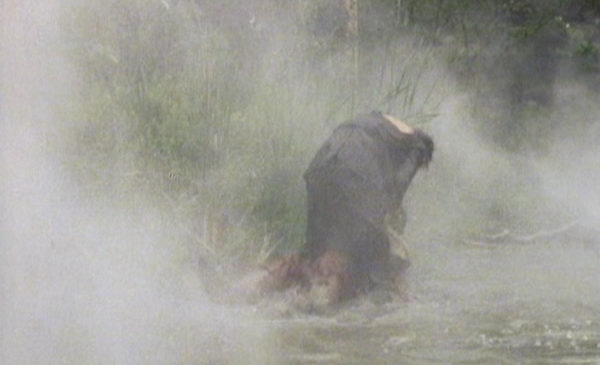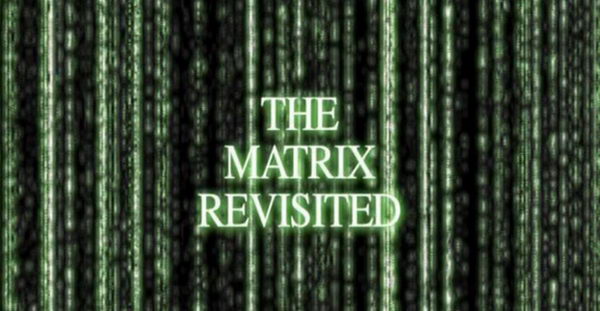|
| |
|
STORY PLACEMENT THIS STORY TAKES PLACE IMMEDIATELY AFTER THE TV STORY "THE HAND OF FEAR" AND AT SOME POINT
PRIOR TO THE TELOS
PRODUCTION CODE 4P
WRITTEN BY ROBERT HOLMES
DIRECTED BY DAVID MALONEY
RATINGS 12.2 MILLION
WORKING TITLE THE DANGEROUS ASSASSIN
RECOMMENDED PURCHASE 'THE DEADLY ASSASSIN' DVD (BBCDVD2430) RELEASED IN MAY 2009.
BLURB Gallifrey. Planet ofthe Time Lords. TheDoctor has finallycome home, but not by
choice.
|
|
|
The Deadly Assassin 30TH OCTOBER 1976 - 20TH NOVEMBER 1976 (4 EPISODES)
“The Deadly Assassin” by Robert Holmes remains to this day one of my favourite Doctor Who stories of all time. Famously inspired by The Manchurian Candidate, this four-parter is a slick and spellbinding thriller full of action, adventure and political intrigue. It also marks a significant cornerstone in the series’ history as finally, after fourteen years on screen, we get to see the Doctor’s homeworld of Gallifrey in all its decadent glory.
You really have to take your hat off to Holmes – he practically built Gallifrey single-handedly. “The Deadly Assassin” introduces us to Rassilon, Borusa, the Matrix, the Type 40 TARDIS, the thirteen lives of the Time Lords, the Eye of Harmony, the Celestial Intervention Agency, as well as just about every other enduring element of Gallifreyan Lore. That said, Roger Murray-Leach certainly did his bit with his superlative design for the Time Lords’ planet – though the relatively spartan corridors of televised Gallifrey may now be consigned to a far-flung memory, the Seal of Rassilon and the Time Lords’ idiosyncratic attire have both adorned many a tie-in novel and audio cover, not to mention featuring in the awesome “Sound of Drums” flashback sequence almost two years ago on television.
Above: Renowned Doctor Who producer Philip Hinchcliffe in "The Matrix Revisited" documentary
The serial begins with a very prescient Star Wars-style text crawl accompanied by a Tom Baker voiceover. This remarkable prologue only adds to the distinctive feel of the piece, and as the Time Lords prepare to face “...the most dangerous crisis in their long history….” the stakes feel like they have never been higher.
“What do I need an assistant for?”
“The Deadly Assassin” is also unique in the history of the show as it is the only classic television serial to see the Doctor begin and end the story travelling alone. Reportedly this curious move was made following a request made by the less-than-modest Baker for the producers to give this format a dummy run. Somewhat predictably though, the more traditional Doctor / companion format was restored from the next serial onwards right up until “The Runaway Bride” almost thirty years later (although the ‘lone ranger’ format is often regularly utilised these days, particularly for television specials and in many of Big Finish’s audio productions). In this story though, I think that the Doctor not having a companion works particularly well; the Doctor does not fall into the trap of talking to himself too much as he has Castellan Spandrel to bounce ideas off, and in a sense the lack of a companion here lends the serial a much more adult feel.
This serial’s individuality is further illustrated by the Doctor’s abandonment of his regular attire in the opening sequence, Baker going on to spend virtually the remainder of the story gallivanting around in a rather Byronic baggy shirt which, I must say, suits both him and the tone of this story fabulously. As producer Philip Hinchcliffe notes in the DVD commentary, this story takes the Doctor into the realms of the “gentleman hero”; at times here he is as much Indiana Jones as he is the Doctor, again highlighting this story’s prescience.
At heart though, “The Deadly Assassin” is about the Doctor, the Master and their never-ending feud. Following Roger Delgado’s tragic death in June 1973, the audience saw the Master scampering away down a corridor with a bunch of Ogrons at the end of “Frontier In Space” and then that was that – many had written off the character completely, but not Hinchcliffe and Holmes. Seemingly at odds with their thinking regarding past monsters and villains, the production team opted to bring back the Doctor’s arch nemesis, albeit in an emaciated state and played by an opera singer - Peter Pratt. I think that had another actor come along at this stage, and played the Master as every bit the suave, charming villain just as Roger Delgado did (and much as Anthony Ainley would in 1981), then it simply would not have worked; I do not think that the audience would have accepted another ‘traditional’ Master so soon. But this calcified Master works brilliantly on two levels – on the one hand, he is still the Doctor’s oldest and deadliest enemy, as cunning and as dangerous as ever he was. But on the other hand, he is also a monster in the true sense of the word. The Master’s body is literally falling apart; he is truthfully monstrous. There is something particularly disturbing about those lifeless ‘ping pong ball’ eyes that Pratt wears. Absolutely chilling.
However, despite what you may have gathered from reading the above, “The Deadly Assassin” is not all doom and gloom. Holmes has included some wonderful light-hearted scenes that prevent the serial from becoming all-pervadingly grim – take the two old Time Lords having a good old natter about “chopping and changing presidents every couple of centuries” or all the whole slapstick “what feller?” skit with the gowns. There are also some superb comic characters like Coordinator Engin (Erik Chitty) and Runcible ‘the Fatuous’ (Hugh Walters). Even the Doctor’s former mentor Cardinal Borusa (Angus MacKay) is a remarkably droll character in this serial; I love his verbose turn of phrase and his inherent pomposity.
The more staid characters are just as memorable though – George Pravda’s Castellan Spandrel is a delightful character in every respect and Bernard Horsfall’s Chancellor Goth (the same Time Lord that we first saw in Episode Ten of “The War Games”, I wonder?) is almost the Master’s equal. What higher praise could I give to the man?
Incidentally, Horsfall joins Baker and Hinchcliffe for the DVD’s commentary track, and it is nice to see that he is very generous indeed in his praise of the series. In fact, on the whole the commentary is one of the most revealing that I heard for a while now. Horsfall’s memories of shooting the serial are very vivid, and Baker is on especially fine form with a fine collection of anecdotes and observations. For instance, did you know that director David Maloney’s young daughter once saved Baker’s life? Or, quite humorously, that the actor playing the ill-fated Time Lord President in this story was once the President of the actor’s union, Equity? Only Baker’s ‘bombshell’ regarding Sir Derek Jacobi’s casting as the Master comes as old news.
Inevitably, the DVD’s flagship thirty-minute documentary, “The Matrix Revisted”, dwells heavily on the serial’s notorious reputation and even goes so far as to paint this story as the ‘beginning of the end’ for Hinchliffe, Holmes and Doctor Who’s gothic horror era. The feature takes us from Elizabeth Sladen’s decision to leave the series at the beginning of season fourteen, all the way up to this story’s post-broadcast backlash – not just from Mrs Whitehouse and her cronies, but also from Doctor Who fandom, who it seems were quick to condemn the depiction of Holmes’ all-too ‘human’ Time Lords. It is particularly interesting to hear Jan Vincent-Rudzki of the Doctor Who Appreciation Society discuss his views on this story with the benefit of thirty-odd years hindsight, as he was one of the serial’s main detractors back in the day.
And as always, the documentary is gloriously presented; this time the Restoration Team even directly pillaging their title sequence from the Wachowski brothers’ Matrix Revisited documentary (which is fair enough I say, given that – intentionally or otherwise – the fundamental premise of their Matrix trilogy is lifted from “The Deadly Assassin”!)
One thing that did surprise me about “The Matrix Revisited” though was that in it, Hinchcliffe states that he had not seen or read The Manchurian Candidate when he commissioned this story. I have not either – any incarnation of it – and so I found the DVD’s “Gallifreyan Candidate” quite useful in getting myself up to speed with Richard Condon’s story. However, very much in the style of the “Leaves of Blood” featurette (which was featured on this January’s “State of Decay” DVD), this ten-minute production would have been as much at home on a Manchurian Candidate DVD release as it is here as little effort is made to relate the book and the movie to “The Deadly Assassin”. I would have at least thought a few interesting parallels might have been drawn by the learned contributors.
The DVD’s third bonus feature is probably, on balance, its best. “The Frighten Factor” is a stunning little featurette which explores Doctor Who’s exceptional ability to frighten and captivate simultaneously. The likes of Doctor Who Magazine editor Tom Spilsbury, Doctor Who Adventures Head Writer Annabel Gibson, and TV Historian Jim Sangster are all on hand to share their thoughts; there is even an educational psychologist thrown into the mix to lend the feature a little bit of scientific credence. And, like the very best Restoration Team documentaries to date, “The Frighten Factor” is not limited to the classic television series - the new series is given at least as much coverage as the series that spawned it, if not more.
“Doctor... Nine out of ten.”
And so in summary, I do not propose to insult people’s good taste by
urging them to rush out and buy this frankly mercurial DVD – you can just take it
as read. Back in 1976 “The Deadly Assassin” may not have been quite to the National Viewers’ and
Listeners’ Association’s or even the Doctor Who Appreciation Society’s particular tastes, but thankfully time has
proven this serial to be, as DVD liner note scribe Tom Kelly succinctly
puts it, “Doctor Who at its very best.” Even the apparently
tautological misnomer is not completely clear cut – there are plenty of
bungling assassins out there, see…
|
|
|
Copyright © E.G. Wolverson 2007, 2009
E.G. Wolverson has asserted his right under the Copyright, Designs and Patents Act, 1988 to be identified as the author of this work. |
|
|
Unless otherwise stated, all images on this site are copyrighted to the BBC and are used solely for promotional purposes. ‘Doctor Who’ is copyright © by the BBC. No copyright infringement is intended. |
|

.jpg)
.jpg)
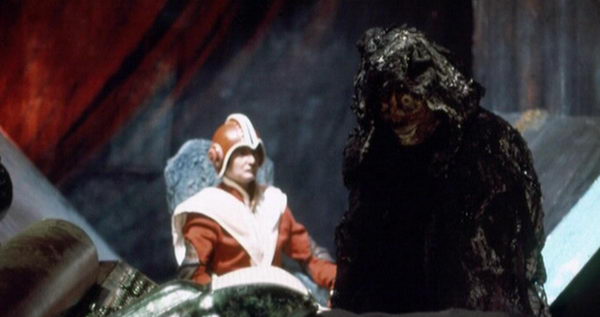

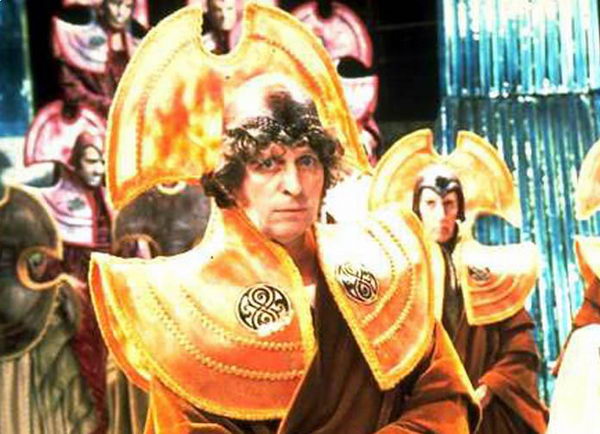
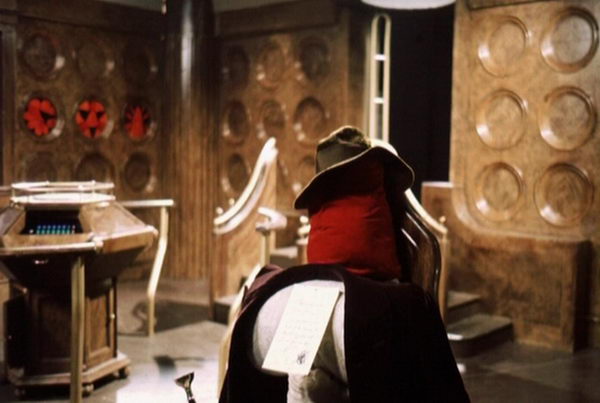

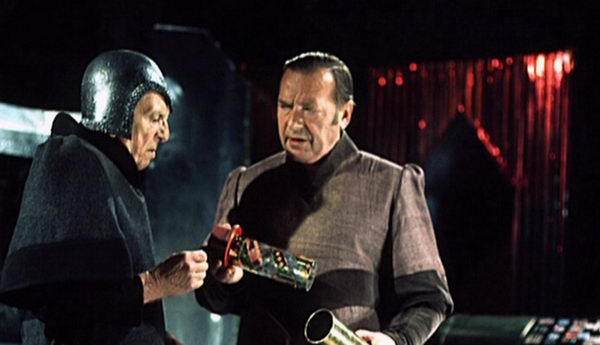
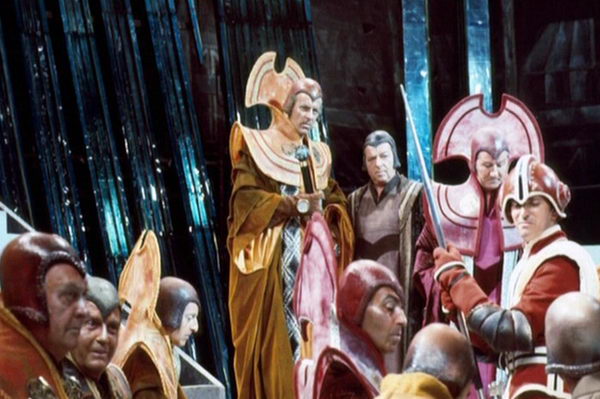
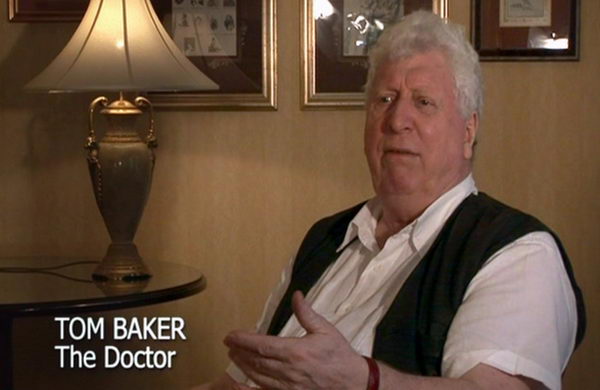
.jpg)
